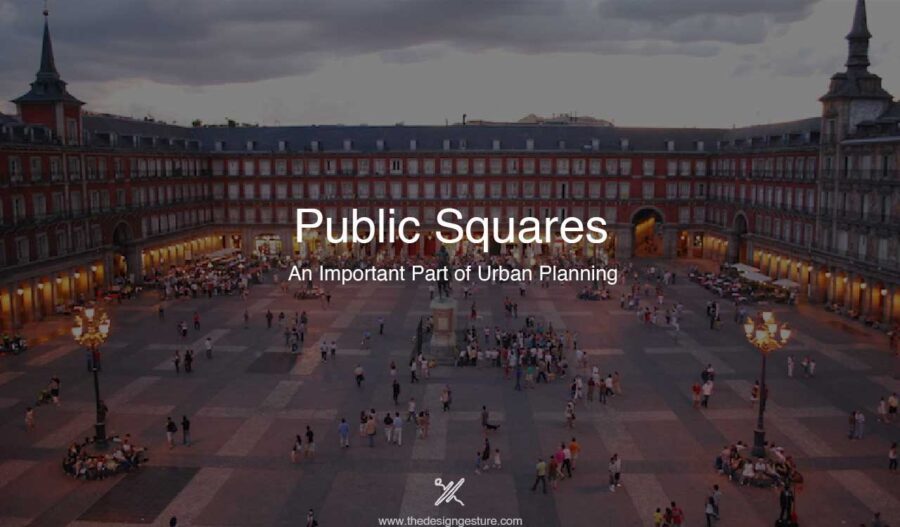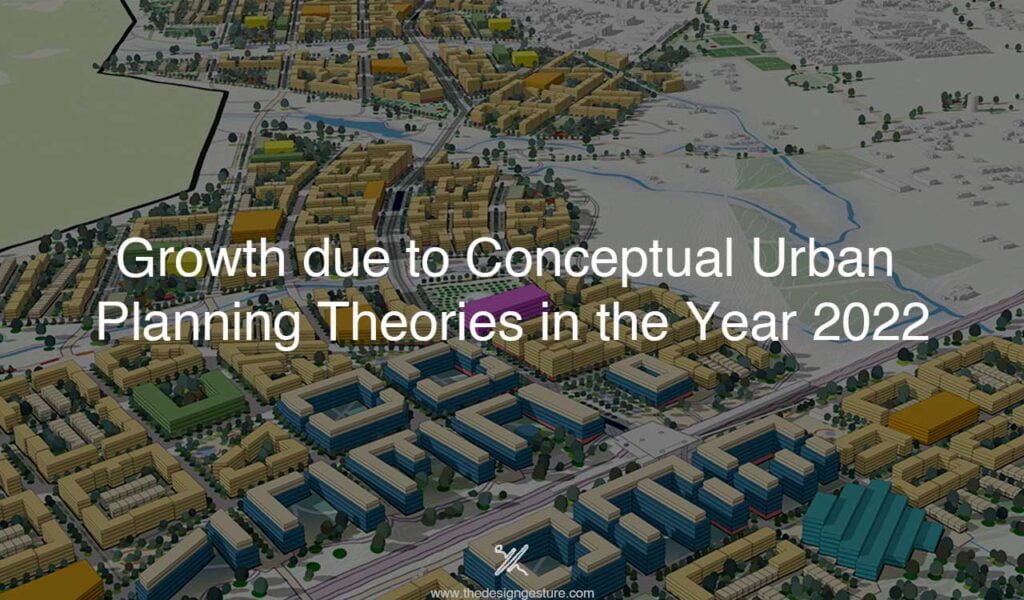There have been public squares since the Greek Civilization. The public square, also referred to as the “Agora,” was crucial in forming towns. It was a public area in the middle of the city where events including political assemblies, sporting and musical competitions, theatrical performances, and commercial activities took place. Similar to this, the Roman Forum, which held more activities during the Roman Empire, was an urban square that combined an agora and an acropolis.
Moreover, a railway network was built throughout the Industrial Revolution. Additionally, industrial areas that were developing close to cities attracted a larger population. Because of the increased participation of women in the city, shopping malls, bazaars, and department stores started to appear. Open green spaces started to replace urban squares. Additionally, the growth of the motor industry led to the clearing of squares to build crossroads. Urban squares therefore began to lose importance until lately, when designers began to resurrect and repair the cities using traditional methods.
Importance of Public Squares
Neighborhood community bonds are shaped by public spaces. They serve as gathering areas and can encourage action, political mobilization, and the reduction of crime. They provide spaces for conversation and idea sharing that influence the urban environment’s quality. Even while they are not “public spaces,” pubs, bookstores, and cafes have similar effects. Additionally, public places are good for people’s physical and mental health since they make them feel better and encourage them to be more active.
The way public spaces are created, administered, and used reflects the culture, structure, and social order of the area. According to Ben Rogers, the more dynamic and diversified a society’s urban regions are, the more egalitarian, prosperous, and democratic it becomes. This argument is reinforced by the concept of public space, which is defined as an open, free, and democratic environment.
A good public place represents diversity and helps people to live together easily, creating the circumstances for permanence and inviting people to be out on the street. People are drawn to the vibrancy of spaces. The ability to appreciate urban areas in a variety of ways ensures this vibrancy.
Purpose of Public Squares
Public squares serve as the intersections, pick-up locations, and waiting areas for both foot and vehicle traffic as part of the transportation system. o Commercial activities: Public plazas serve as civic hubs where people conduct business. Markets have been a key element of public plazas throughout history. Games and sports have long been a significant aspect of public life, and there are numerous historical examples of games and sports events taking place in public spaces.
Kostof also believed that the links between public squares within a city forms a “system”. He also stated that this approach was one of the primary issues in city planning and design during the Renaissance and Baroque periods.
Open spaces surrounded by houses and other structures within a city are urban public squares. In the sense of the mass and void composition of a region, they thus play an important role. Cities consist of a mixture of masses and voids. A town’s structure is based on the volume and ratio of the masses to the vacancies. A city can become crowded, unintelligible, and chaotic if there are too many masses (such as streets, parks, and squares) and too few voids (such as buildings and structures). As a result, urban public squares constitute a stabilizing force, particularly in today’s crowded cities.
Public squares have environmental benefits in cities. Green vegetation and water surfaces inside a square give sanctuary for live animals. The inclusion of green areas within a public square also helps to improve air quality, reduce surface water pollution, reduce noise levels, and show superfluous or unwanted views, as well as reduce the negative impact of urban heat islands.
Well-planned public squares enhance the visual environment and contribute to the city’s aesthetics. Individually liked visual landscapes have favorable psychological impacts on the consumers of the location when they contribute to the overall city picture. Another psychological advantage of urban plazas is that they provide a place for individuals to rest and enjoy their free time throughout their hectic urban existence.
Urban public squares may also give economic benefits to the city. It is a well-known fact that the presence of open and green spaces increases the value of neighboring property. Urban plazas can also be used as marketplaces or as part of commercial enterprises such as retail malls. There are many examples of squares where marketing is the dominant role. Times Square in New York City is one of the most well-known instances. It is also one of the most popular and frequented tourist destinations in the world.
Public plazas, in addition to their physical and ecological characteristics, contribute significantly to civic stability and local identity. The primary function of urban squares is to bring people together for various reasons and events. People of all social, economic, and cultural origins, as well as all age groups, have equal access to public areas. Urban squares are one of these public venues where individuals and communities learn to cherish and accommodate others. As a result, urban squares are places of social contact and social concord. The form and significance of this social encounter reveal the local identity. Many public squares have historical relevance to the city’s character and often represent the community’s shared values.
Public Squares in Community Integration
Urban Public Spaces leave a lasting influence on our thoughts, as these fleeting events linger with us as memories. People not only spend time at these locations, but they also create memories by meeting, communicating, celebrating goodness, and having fun. distinct places serve distinct functions and have varied characteristics/aural emotions, which cause our moods to shift and force us to behave accordingly. Urban Spaces are breathable areas within the urban fabric of a metropolis. These are commutable knowledge-sharing platforms for social interaction open to everybody, independent of caste, culture, age group, or gender bias. In comparison to current ones, which tend to encourage inclusive and fair environments by nature, the modern era comprises exclusionary planned places.




